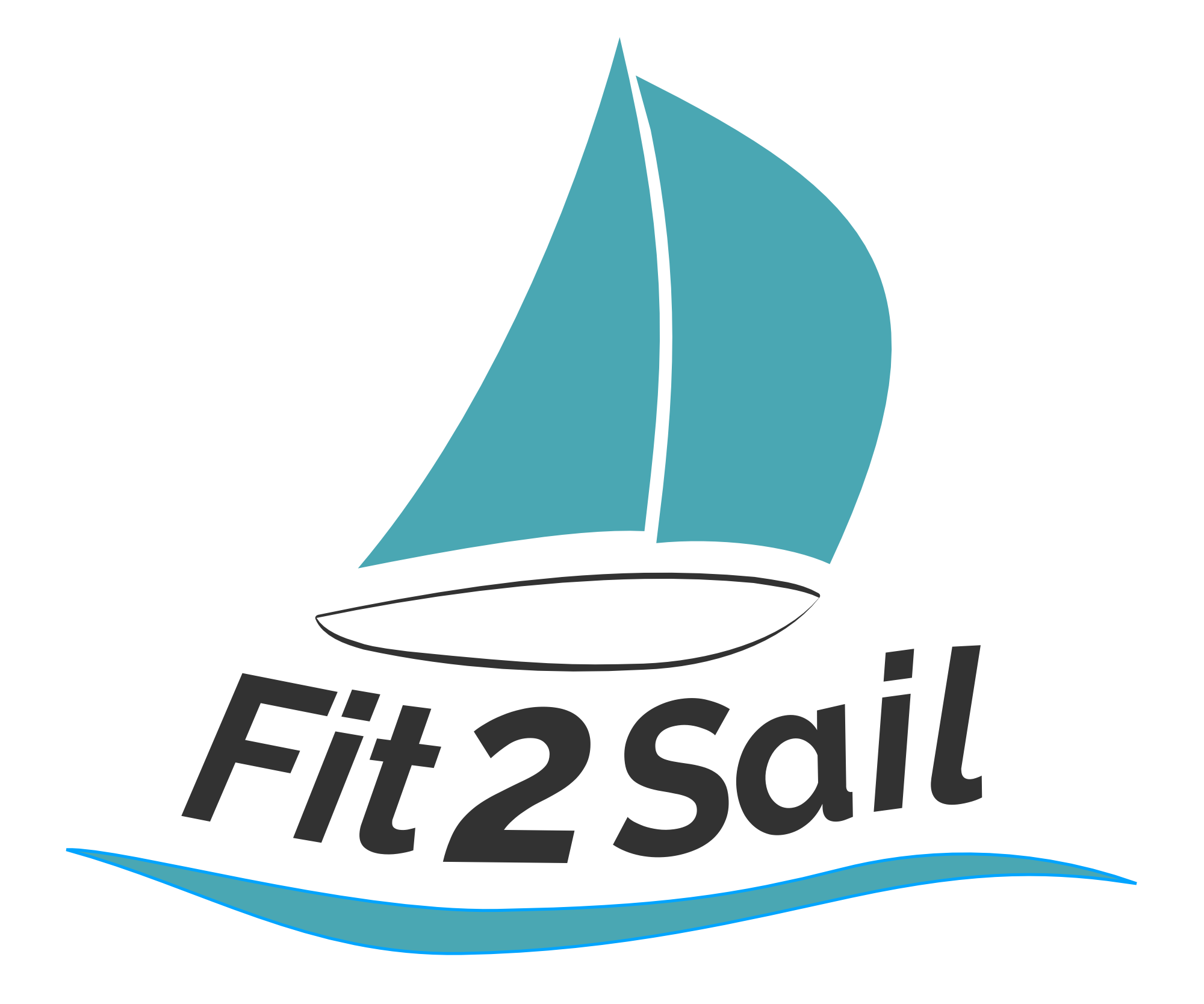Moving Air Down Below
Closing in on moving back aboard, we find ourselves critically eyeballing almost every aspect of the boat. With the revamp of the forepeak (including a work space, the head, and a place to take a shower INSIDE THE BOAT!), I’m lobbying hard for a fan up there. Because air movement is essential to keeping life comfortable in board.
Ventilation onboard is critical to comfort. Clean, fresh air helps keep odors at bay, helps air out any musty or mold tendencies, and helps regulate temperatures (especially in warm climates). It’s not just the ingress of air that matters, though; moving it around is the next essential step. So how can you make that happen?
Massive forward hatch on Calypso
If you’ve got a boat with a lot of opening ports and hatches, you may have this air movement thing naturally sorted out. Pair one hatch that scoops air in (usually facing forward) with another hatch that opens backwards (to force the air to draw in and through), add a few opening ports on either side of the boat, and POOF you’re in business.
Except when it rains.
Or when your beagle fills the opening port. No air moving through this one.
Maybe you’ve got an awning that lets you keep hatches and ports open. Maybe you have something like these cool contraptions from Seaworthy Goods (which we DO NOT HAVE yet - they’re on the “lusted after” list!). Or maybe you don’t have all those lovely openings to begin with. Maybe all you have is a center hatch and the companionway, or your hatches open the same way (no forced draft).
(Side note. If you don’t have obliging hatches and want to focus on the no-electricity-required solution, take a look at wind scoops. Carolyn over at The Boat Galley highly recommends these.)
The other way to move air is the mechanical way. Fans. An air conditioner. (I suppose you can assign one crew member to spend the day moving air with a hand fan?) The challenge with either of these is understanding the electrical requirements, which range from fairly minimal to excessive. We’ve had air conditioning on board when we’ve been tied to a dock. In Houston, we dropped a window unit into the center hatch. In Deltaville, we actually installed a hand-me-down marine air conditioner unit which we have since ripped out and sold. And on the hard in Maryland, we’re thrilled to be using a portable one that will go onto Mischief for use when we’re working on her in the next couple of years. Air conditioners most definitely have their place!
On board Calypso, we’ve got both the natural advantage (enhanced with a much-maligned wind scoop that is not one of the Breeze Bandits) as well as a good number of 12-volt fans. Air conditioning is not in the cards for us; between the electricity requirements and the space requirements . . . Plus the places we plan to cruise should lend themselves to the natural advantage kind of airflow!
But we also are massive, major fans of, well, fans. To be precise, we have 4 of these Caframo fans strategically placed around the cabin to help move air. They draw minimal electricity (.28 amps at low power; .41 at high power) and move a LOT of air. I also love that the blades are soft, making finger injuries a non-issue. It’s one of these fans that we’ll likely put in the forepeak.
There are solar fans too, often found in head compartments to help move the air. These have the bonus of not needing to be wired in anywhere. We’ve never had one on board, so I can’t really speak to pros and cons.
When you don’t move air around the boat, life on board gets stale and musty. Mold grows more easily. The more air you can move, the better. However you manage to do it.


